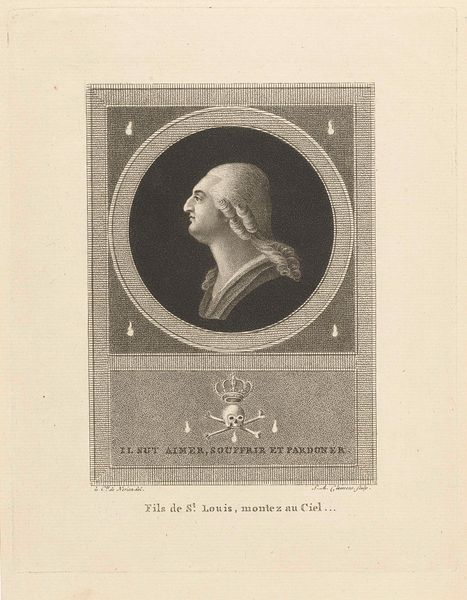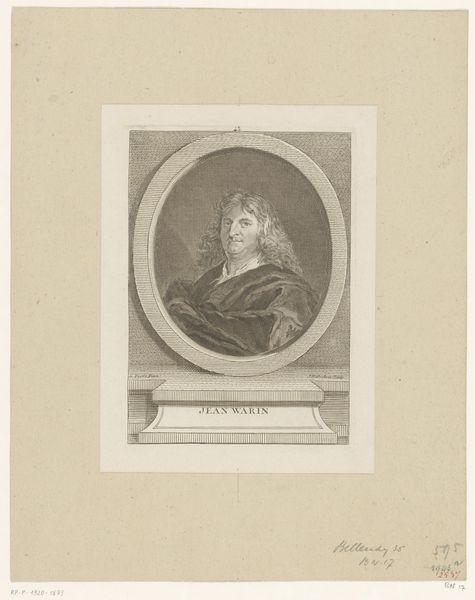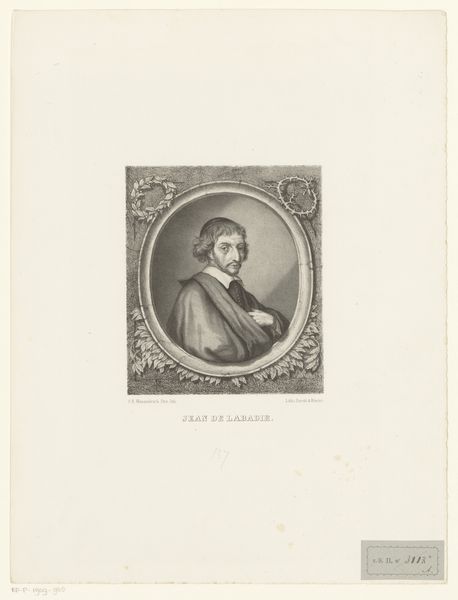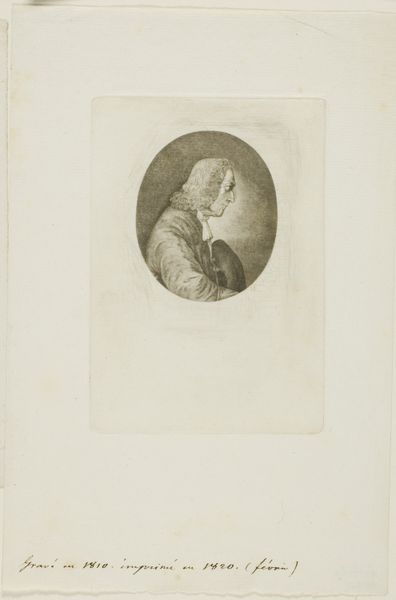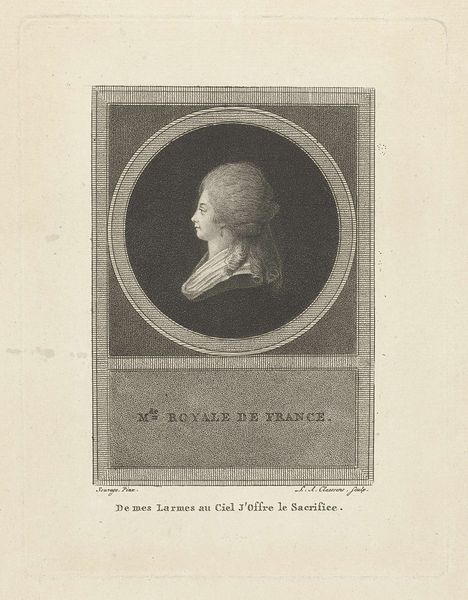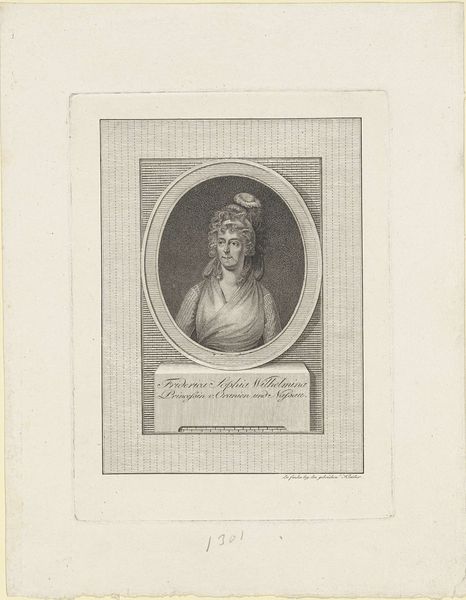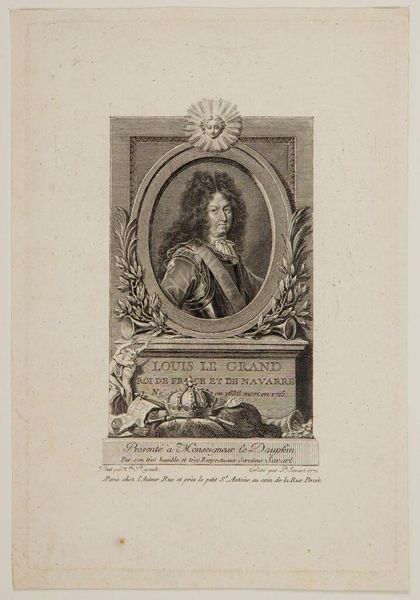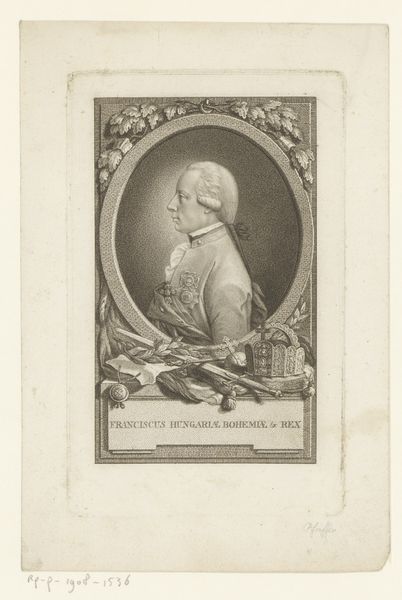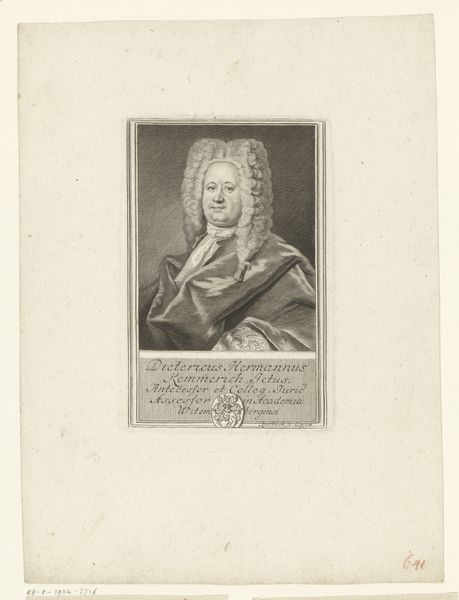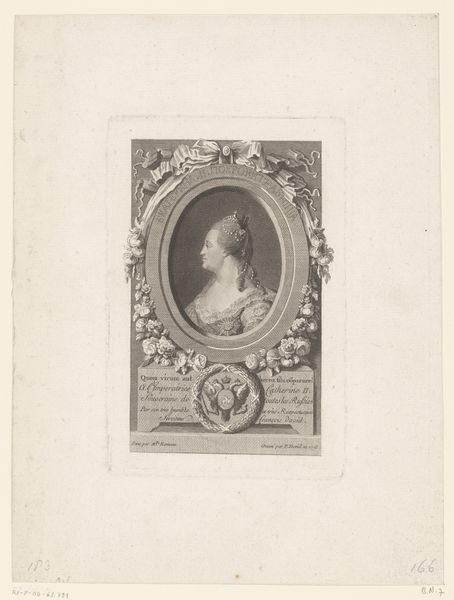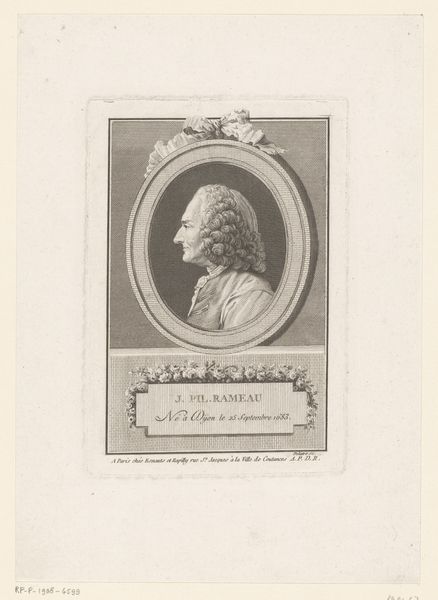
engraving
#
portrait
#
neoclacissism
#
history-painting
#
engraving
Dimensions: height 193 mm, width 147 mm
Copyright: Rijks Museum: Open Domain
Editor: This engraving from after 1793 by Lambertus Antonius Claessens is titled "Memorieprent met portret van Marie-Antoinette". It has such a somber feeling, with the portrait of the queen above an urn. How should we interpret it? Curator: The somber feeling is key. This piece exists within a larger political landscape. Remember the French Revolution. This print isn’t just a portrait; it's a statement. It's grappling with power, loss, and the violence enacted on Marie Antoinette. Note the Neoclassical style, usually reserved for heroism, but here used for mourning. Editor: So the style creates a contrast? It is usually a style associated with glorifying heroes, but here used to highlight a tragedy? Curator: Precisely. The deliberate choice highlights a painful irony: the promise of the revolution betrayed through regicide. Consider too who is this piece for, and who does it seek to influence? It uses the sentimental image of the Queen in mourning, as the inscription "O ashes that I adore" seeks to gain sympathy for her execution and perhaps sway public opinion against the Revolution. It's an appeal to emotion over reason. Editor: So, understanding the print involves connecting its visual language to the upheaval of the revolution and who its intended audience might be? Curator: Absolutely. It's about understanding how images participate in the construction of history, and the push and pull of different narratives. Editor: I hadn't considered how art is often trying to affect its viewers within a specific time and political frame. That adds a whole new layer. Curator: Indeed. Thinking about art this way can truly reshape how you interpret everything.
Comments
No comments
Be the first to comment and join the conversation on the ultimate creative platform.
